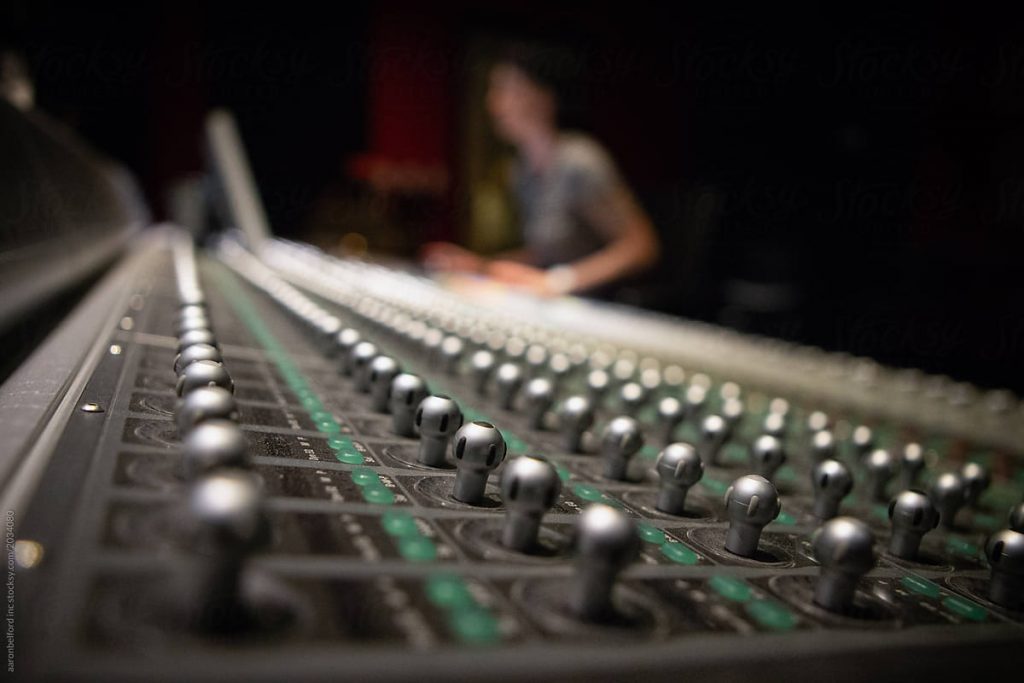
Unlike the editing and post-production of audiovisuals, in which each cut appears on screen for everyone to see, the sound mixing technician works with the intangible. There is no correct way to carry out the postproduction of sound for cinema and TV, but if it is done properly we can get good results.
In all projects, every video or audio clip comes with a series of challenges that we will have to face as sound technicians. The workflow is something that every sound editor discovers to work smoothly in all jobs and projects but the main difference you have to know is between editing and mixing sound.
In general, over time, the tasks of an editor and a mixer have been merged and there is a zone where both tasks are mixed, so it is important to know how much each one works. The idea is for sound editors and mixers to know exactly how each works so that the workflow is optimal.
Sound for film is quite complex so the sound postproducer must know how to organize his material, just like in video editing and postproduction.
File types, sequences and scenes are categorized by character appearance and chronologically. In addition, having a template that the sound mixing and editor are happy with is ideal. The organization can vary, even depending on which microphone has been used in the shots.
As in the video, in the audio we will need to use resources from other shots to correct errors in the shots we are going to use. This is a very common practice but again it is very important to know how we are going to organize the material and then work on the mix.
Some studios prefer those resources mixed directly in the dialogues, for example, or separately in other files.
As for transitions, something similar happens. Each professional works in a specific way and the optimal way is to adapt to those needs as a sound technician. Some work with audio automation and others prefer exponential gain fades.
The volume and sound level is something important, especially in the audiovisual. That is why we work with automations so that the level does not go out of the standards and the subsequent sound mixing is balanced.
For that we use filters in the high and low frequencies and the automations will do the rest, but we always have to check all the audio personally so that there is no failure.
Finally, noise reduction and EQ is something that is usually left to the audio mixing process. Still, it is recommended that in the editing phase some corrections are always applied according to the needs of the mixer.
Premixing is an important step here, because some professionals prefer audio already mixed separately, and effects, music and voiceovers on the other hand.